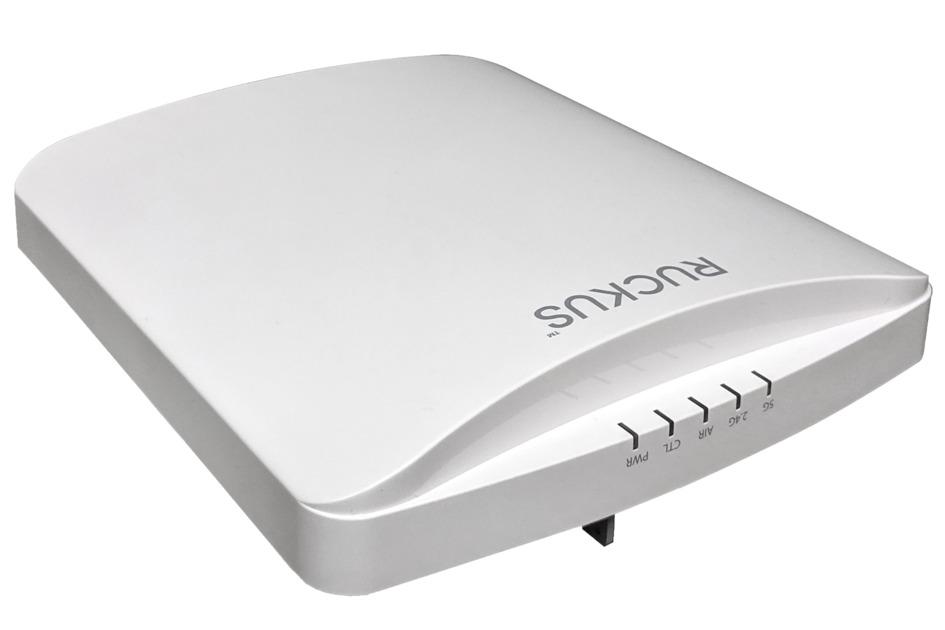Harnessing BGP EVPN for Scalable Data Center Architectures

In the rapidly evolving world of data centers, efficiency and scalability have never been more crucial. As organizations embrace cloud computing, big data analytics, and virtualization technologies, traditional networking solutions often fall short. Enter BGP EVPN—a powerful tool designed to address these challenges head-on.
BGP EVPN is gaining traction as a preferred choice for modern data center architectures. With its ability to simplify network management while enhancing performance and flexibility, it opens doors to innovative possibilities in connectivity. This technology not only optimizes resources but also fosters agility in an ever-changing digital landscape.
Curious about how BGP EVPN can transform your data center? Let’s delve into its benefits, explore the challenges of implementation, and take a glimpse at what the future holds for this dynamic solution.
Benefits of BGP EVPN for Data Center Architectures
BGP EVPN brings a wealth of benefits to data center architectures. One of its standout features is the ability to support multi-tenancy. This allows multiple customers or departments to share resources without compromising security or performance.
Another significant advantage is efficient Layer 2 and Layer 3 connectivity. BGP EVPN creates an overlay network that simplifies routing while optimizing traffic flow across various segments of the data center.
Scalability also shines with this technology. As businesses grow, they can easily expand their networks without overhauling existing infrastructure. This flexibility helps organizations adapt quickly to changing demands.
Moreover, enhanced load balancing ensures that resources are utilized effectively, reducing bottlenecks and improving overall performance. With automation capabilities built into BGP EVPN, manual configurations become less frequent, leading to reduced operational costs and errors in management tasks.
Challenges of Implementing BGP EVPN
Implementing BGP EVPN can present various challenges. One significant hurdle is the complexity of configuration. Network engineers often face a steep learning curve when migrating from traditional protocols to this modern approach.
Another challenge lies in interoperability with existing infrastructure. Many data centers have legacy systems that may not fully support EVPN features. This can lead to integration issues and require additional resources for troubleshooting.
Scalability also poses concerns during implementation. While BGP EVPN excels in large-scale environments, initial configurations must be carefully planned to avoid performance bottlenecks as traffic increases.
Operational overhead might increase due to the need for continuous monitoring and management tools tailored for BGP EVPN. Ensuring network reliability demands skilled personnel who understand both the technology and its potential pitfalls.
Future Trends and Developments in BGP EVPN
The landscape of data center networking is constantly evolving. BGP EVPN stands at the forefront of this transformation, promising more than just a solution for today’s challenges.
As organizations adopt cloud-native architectures, the demand for flexibility and scalability increases. BGP EVPN's ability to support multi-cloud environments makes it a key player in future-ready data centers. Integration with container orchestration platforms like Kubernetes will likely drive its adoption further. This synergy ensures that applications can seamlessly scale and move across various infrastructures without disruption.
Moreover, advancements in automation are set to transform how BGP EVPN operates within networks. Automated provisioning and management tools will simplify complex configurations, allowing IT teams to focus on critical tasks rather than manual interventions.
Security concerns continue to rise as well. Future developments may see enhanced security features incorporated into BGP EVPN solutions, addressing vulnerabilities while maintaining performance efficiency. Techniques like traffic encryption and advanced monitoring could become standard practices.
Looking ahead, we might also witness increased collaboration among vendors focusing on open standards for interoperability within diverse network environments. Embracing such collaborations could lead to richer ecosystems where different technologies coexist harmoniously.
BGP EVPN is not just about present capabilities; it embodies the potential for innovation that aligns with emerging trends in technology and infrastructure demands. The road ahead looks promising as businesses explore new ways to leverage its advantages amidst changing landscapes.
For more info. Visit us:
- Questions and Answers
- Opinion
- Story/Motivational/Inspiring
- Technology
- Art
- Causes
- Crafts
- Dance
- Drinks
- Film/Movie
- Fitness
- Food
- Игры
- Gardening
- Health
- Главная
- Literature
- Music
- Networking
- Другое
- Party
- Religion
- Shopping
- Sports
- Theater
- Wellness
- News
- Culture
- War machines and policy

